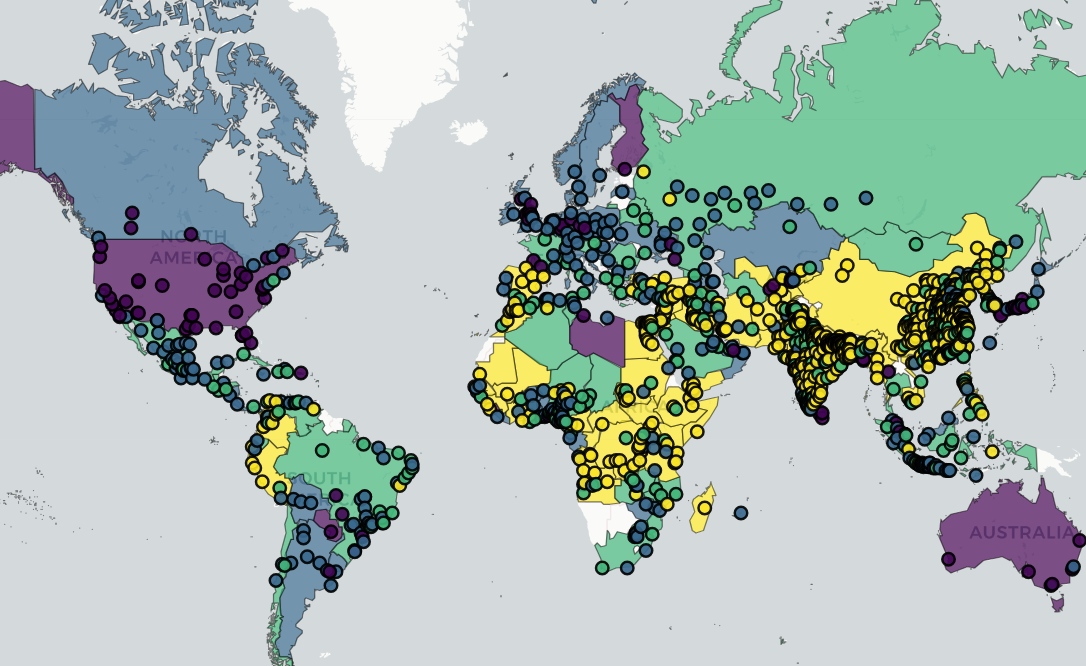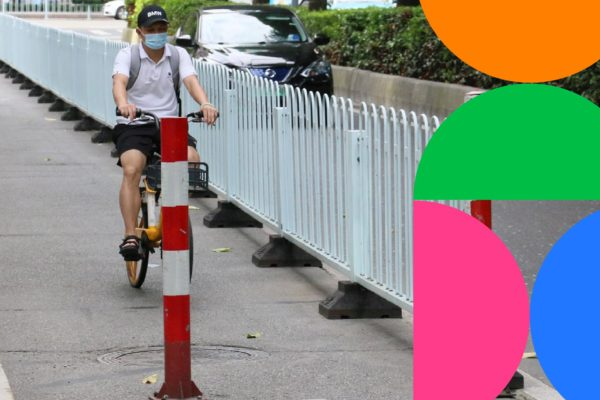Mission
Measuring how transportation helps people get places.
For decades, the technology used for city planning has been limited and misleading. Conventional travel demand modeling techniques prioritize the speed of vehicles above all other outcomes. They don’t account for urban sprawl, induced demand, or the costs of car-dependence. The conventional approach has given cities around the world congestion, smog, unaffordable housing, and a high price tag.
Our approach is different. Scholars around the world agree that the best way to understand urban transportation is in terms of access to destinations, people’s ability to reach the places they might care about. Ives Street’s Urban Connectome technology can help you understand how your city’s transportation system helps people access destinations -- whether by driving, walking, bicycling, riding public transport, or using whatever other modes of travel are available. And we can help you understand how any change, large or small, would alter people’s ability to get places.
We don’t stop there. Ives Street improves on the work of a traditional travel demand model by using the Urban Connectome to understand how a change in a city’s transport system would change traffic, ridership, and modal splits. We also estimate how that change would affect the other outcomes that a city might care about: from greenhouse gas emissions to road safety, from public health to property values. Transportation touches all aspects of life.



